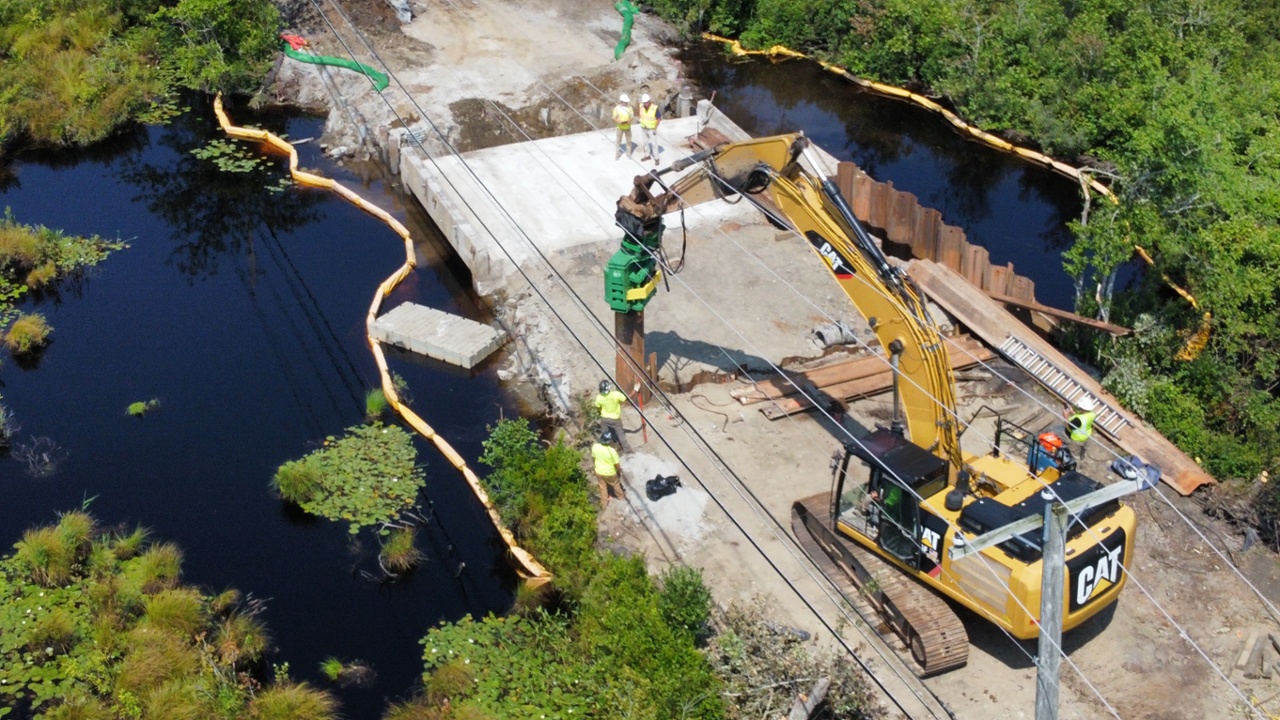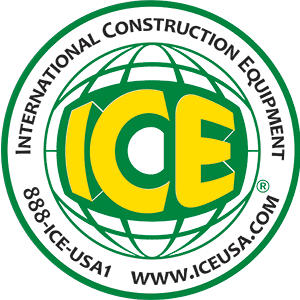Beavers really are “Worth A Dam”
November 26, 2022
Beavers really are "Worth A Dam"
Editor: Debbie Reaney
Located in Westerly, Rhode Island along the southern border of Newton Swamp, the Cottrell Bridge, which carries Westerly Bradford Road (Route 91) over McGowan Brook, was one of many around the state deemed structurally deficient. The replacement and upgrade of this structure was vital to ensure the safety of the surrounding wildlife habitat as well as the over 4,300 vehicles that traverse it daily. The Newton Swamp Management Area is comprised of 111 acres (about half the total floor space of the Pentagon) of shrub bog and marsh habitat and is part of the much larger Aguntaug (Chapman) Swamp, which is the largest contiguous freshwater wetland complex in the state of Rhode Island.
Cardi Corporation out of Warwick, RI was awarded the $5.5 million project through the state Department of Transportation and is among the leading heavy, highway, site, and utility construction contractors in New England, and is Rhode Island's leading public works and site-work contractor. NSI Contracting was hired by Cardi this past June to remove and replace the aging culvert bridge along with the installation of a new beaver fence. This was necessary, as the indigenous beavers had plugged up the original culvert. Keeping beavers from the entrance or interior of a culvert/bridge is priority one because beavers are hard-wired to impound water and to repair leaks.
When culverts are plugged, roads can be washed away by flooding, this can be very costly and create safety concerns. To help mitigate some of these issues, culvert protective fences are necessary to stop flooding problems created by beaver dams. In this instance NSI drove 35-foot-long sheet piles, spliced and at staggered heights, around the existing culvert to ensure structural integrity prior to the removal of the original bridge. Utilizing their own ICE® 22D Vibratory Hammer, this temporary sheet wall, or cut-off wall, was used to support safe excavation. Due to the swampy terrain and difficult to reach location which included powerlines in certain areas, it was determined that an ICE® Model 7E-SG (Side Grip) Excavator with its 360° swivel ability would be necessary to complete those portions of the job safely. Once the old culvert was removed, a new bridge was built. The new bridge is made with polymer girders that resist corrosion instead of steel beams. NSI then pulled the temporary sheet piling and installed H-beams with care to hold the panels needed for the beaver fence. According to the Rhode Island Department of Transportation accelerated bridge building methods allowed this portion of the project to be completed in three months.
The Trapezoidal Fence is intended for situations where the beavers' dam is clogging a culvert and may cause damage to the culvert itself. The fence is placed in front of the culvert, extending at least 12' (ft) out from shore with a closed floor so the beaver cannot dig under it. Beavers usually then build their dams along the sides of the fence but not the back allowing water to flow through the fence into the culvert. Beavers are classified under general law (RIGL 20-16-1) as a protected furbearer in Rhode Island. Harvest is strictly regulated by the DEM's Division of Fish and Wildlife to ensure the long-term viability of beaver populations in the state.
American beavers (Castor canadensis) have long been revered as a natural resource for their precious fur, but their value as a keystone species is what truly sets them apart. As ecosystem engineers, beavers create and maintain wetland habitats that many other species rely on. Their near extinction in the late 1800s, resulting from habitat loss and unregulated harvest, impacted much of the wildlife that depended on their services. Reintroduction efforts in surrounding states, along with new regulations and protections for wildlife, led to the re-establishment of beavers in Rhode Island. The first colony in the state after their disappearance was observed in 1976. Today, beaver populations have grown, and they continue to provide habitat for wildlife in Rhode Island. The ability to balance the continued growth of our nation while maintaining conservation efforts is not an easy task. Bravo to Cardi Corporation and NSI Contracting for a job well done! International Construction Equipment, Inc. is thrilled to have been able to supply equipment used to support Rhode Island's wildlife and infrastructure.
Learn more about the ICE® Model 7E-SG and the ICE® 22D
This bridge replacement project is made possible by RhodeWorks and the Bipartisan Infrastructure and Improvement Act. RIDOT is committed to bringing Rhode Island's infrastructure into a state of good repair while respecting the environment and striving to improve it. Learn more at www.ridot.net/RhodeWorks.

Media Contact-
Pollyanna Cunningham, MA, MBA
Vice President Marketing, Brand and Media Relations
Vice President IT and IT Comm
ICE® - International Construction Equipment, Inc
Office - 704-821-8200
Email - marketing@iceusa.com


